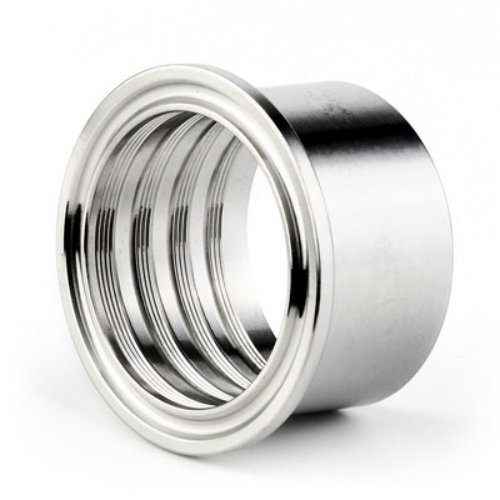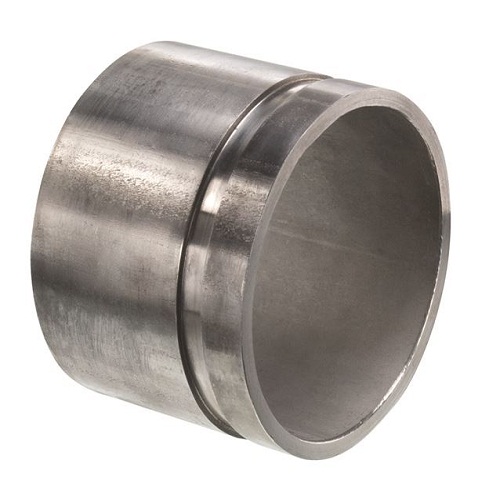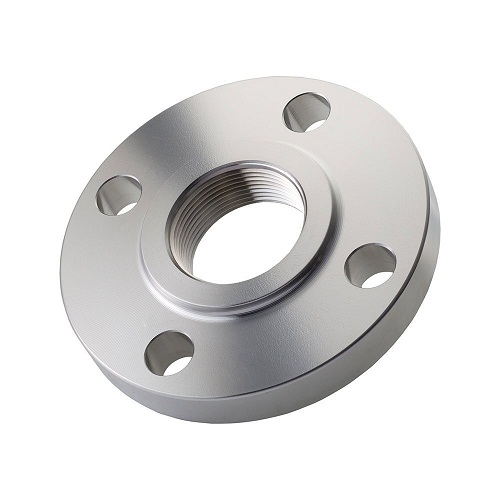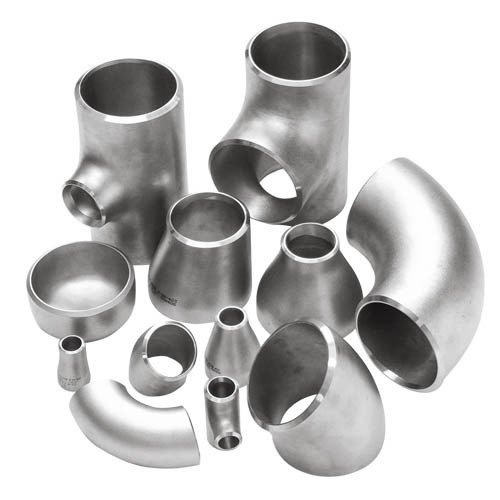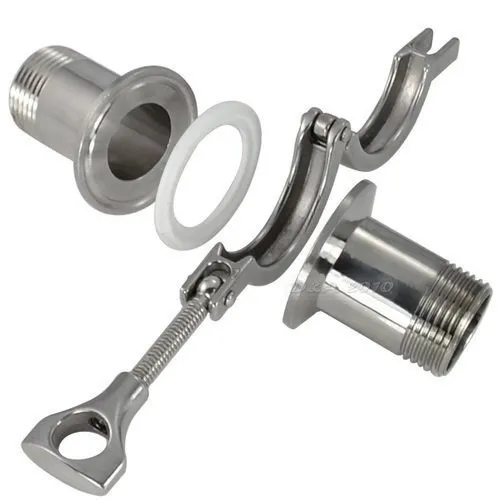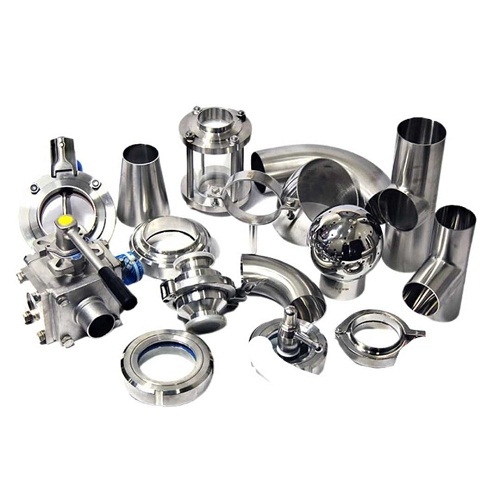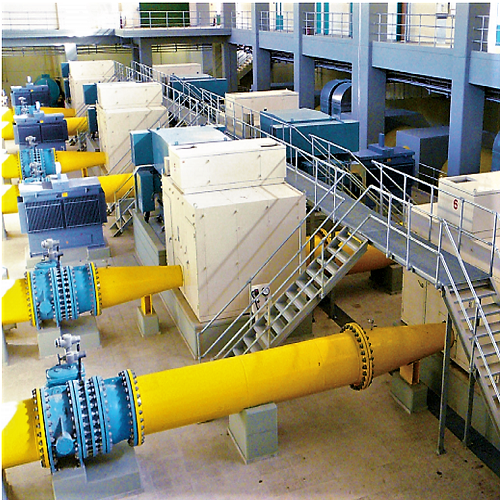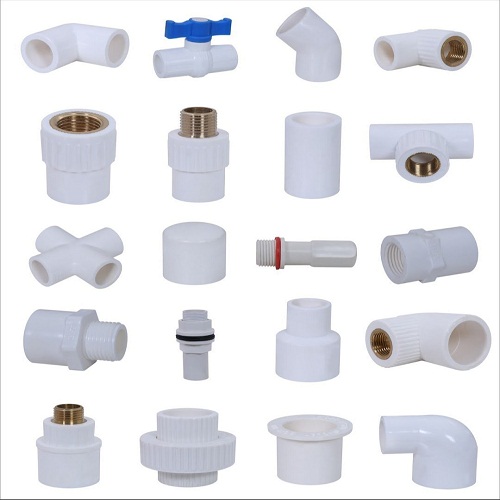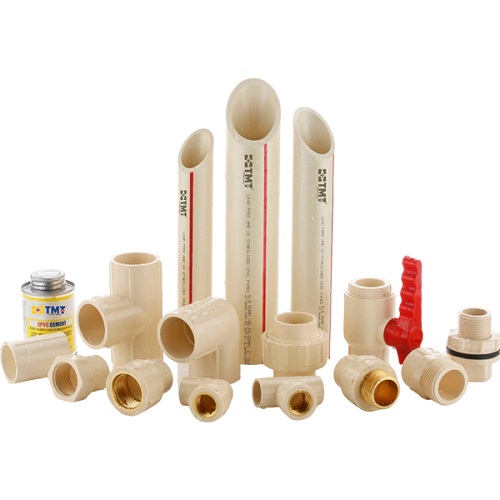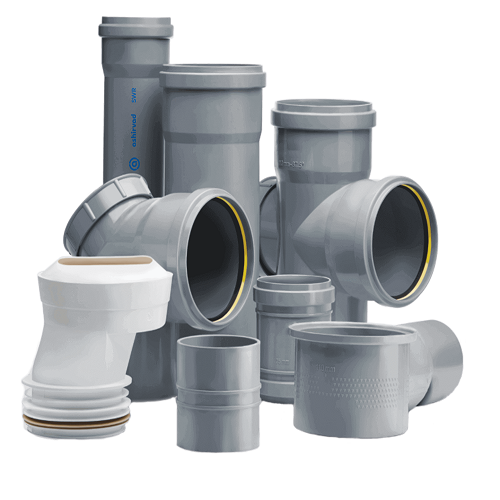
our category
PIPES & FITTINGS (RAIN POWER)
Pipes & Fittings – Essential Components for Fluid and Gas Flow Systems
Introduction
Pipes and fittings are vital components in virtually all fluid and gas transportation systems, ranging from residential plumbing to complex industrial applications. They form the backbone of any piping system, ensuring the efficient, safe, and controlled movement of liquids, gases, and even solids. Whether it's for water supply, waste management, chemical processing, or HVAC systems, the right choice of pipes and fittings is essential for system performance, durability, and safety.
Enquire Now
Role of Pipes & Fittings
Pipes are hollow tubes used to convey liquids, gases, or slurries, and are available in various materials, sizes, and designs to meet the needs of different industries. Fittings, on the other hand, are used to connect, join, or change the direction of the pipes in the system, enabling fluid and gas to flow smoothly and efficiently.
-
Transporting Fluids and Gases: The primary function of pipes is to carry water, chemicals, oil, gases, or other fluids from one location to another. Fittings are used to create the necessary changes in direction, size, or branching of the pipe network, ensuring a seamless flow throughout the system.
-
Facilitating Connections and Adjustments: Fittings are crucial for the ease of maintenance and modification of piping systems. They allow for the disassembly of sections, adjustments in flow direction, and the expansion of systems without having to replace entire sections of pipe.
Types of Pipes
-
Metal Pipes:
- Steel Pipes: Commonly used in industrial applications due to their high strength, steel pipes are ideal for carrying high-pressure fluids or gases.
- Copper Pipes: Widely used in plumbing systems for water supply and heating, copper is highly durable, resistant to corrosion, and offers good heat transfer.
- Stainless Steel Pipes: Known for their corrosion resistance and strength, stainless steel pipes are used in food processing, pharmaceutical industries, and in applications requiring hygiene and high-quality standards.
-
Plastic Pipes:
- PVC (Polyvinyl Chloride) Pipes: PVC is widely used for plumbing, drainage, and irrigation systems due to its low cost, ease of installation, and resistance to chemicals and corrosion.
- CPVC (Chlorinated Polyvinyl Chloride) Pipes: A variant of PVC, CPVC pipes are used for higher temperature applications such as hot water lines, as they can withstand temperatures up to 200°F (93°C).
- PEX (Cross-Linked Polyethylene) Pipes: PEX pipes are flexible and often used for plumbing and heating systems. They can be easily installed and are resistant to freezing, making them ideal for colder climates.
-
Concrete Pipes: Concrete pipes are used primarily for stormwater and sewage systems due to their strength, long life span, and ability to withstand high pressure. They're mostly found in infrastructure projects and municipal applications.
-
Composite Pipes: These pipes combine the strengths of different materials, such as plastic and metal, to provide flexibility and durability. Examples include fiberglass pipes and multi-layer composite pipes, which are used in specialized industrial applications.
Types of Fittings
-
Elbows: Elbows are used to change the direction of the flow of liquids or gases in a pipe system. They are typically used to create 90-degree, 45-degree, or custom angles depending on the design of the system.
-
Tees: A tee fitting is used to join three pipes, creating a T-shape. Tees are used when it is necessary to split the flow into two directions or to connect a branch pipe to a main pipe.
-
Couplings: Couplings are fittings used to join two pipes of the same diameter together. They are essential for extending a pipe or repairing damaged sections.
-
Reducers: A reducer fitting is used to connect pipes of different sizes. This helps reduce the flow size or pressure to suit the system requirements.
-
Valves: Valves control the flow and pressure within the piping system. Common types include gate valves, ball valves, check valves, and globe valves. These are crucial for stopping or regulating the flow of fluids in the system.
-
Adapters: Adapters allow different types of pipes to connect, often between different materials such as plastic and metal. They are used to ensure that systems remain flexible and compatible, even when different materials are used.
-
Flanges: Flanges are used to connect pipes together or to connect pipes to other components, such as pumps, valves, or tanks. They provide a secure, leak-proof connection and are used in high-pressure applications.
-
Caps and Plugs: Caps and plugs are used to seal the ends of pipes. Caps are typically used to close the end of a pipe, while plugs are used to block flow from one end of the pipe.
Applications of Pipes & Fittings
-
Plumbing Systems: In residential, commercial, and industrial plumbing systems, pipes and fittings are used for water supply, waste disposal, and sewage systems. The durability and corrosion resistance of the materials ensure reliable water transport.
-
Chemical Processing: In the chemical industry, pipes and fittings are used to transport raw chemicals, intermediates, and finished products. The use of corrosion-resistant materials, such as stainless steel and specialized alloys, ensures safe handling of highly reactive or hazardous substances.
-
Oil and Gas Industry: The oil and gas industry relies on strong, high-pressure pipes and fittings to safely transport oil, gas, and other fluids over long distances. These systems are designed to withstand high temperatures, pressures, and harsh environmental conditions.
-
Irrigation Systems: In agriculture, pipes and fittings are used to transport water for irrigation purposes. PVC, PE, and HDPE pipes are commonly used due to their lightweight and corrosion-resistant properties, ensuring long-term use in outdoor environments.
-
HVAC Systems: Pipes and fittings are integral to heating, ventilation, and air conditioning systems. Copper and PEX pipes are often used for carrying refrigerants or water for heating or cooling, ensuring optimal performance and energy efficiency.
-
Food and Beverage Industry: In the food and beverage industry, pipes and fittings made of stainless steel or other food-grade materials are used to transport liquids, gases, or solids while maintaining hygiene and preventing contamination.
-
Fire Protection Systems: Fire sprinkler systems rely on pipes and fittings to deliver water to the sprinkler heads. These pipes must be durable, corrosion-resistant, and able to handle high pressures.
Choosing the Right Pipes & Fittings
When selecting pipes and fittings for a system, several factors must be considered to ensure the right choice for the application:
-
Material Compatibility: The material of the pipe should be compatible with the fluid or gas being transported to prevent corrosion, contamination, or leaks. For instance, PVC is often used for water systems, while stainless steel is preferred for chemicals.
-
Pressure Requirements: Pipes and fittings must be rated to handle the pressure they will be subjected to. Higher pressure systems require stronger materials like steel or ductile iron.
-
Temperature Tolerance: Some systems, such as those in chemical plants or heating applications, require pipes and fittings that can withstand high or low temperatures without failure.
-
Size and Flow Rate: The diameter of the pipe should be selected based on the flow rate requirements of the system. Fittings must match the size of the pipes and ensure smooth, uninterrupted flow.
-
Durability: Factors such as weather conditions, physical wear, and chemical exposure will influence the durability and lifespan of pipes and fittings. Selecting materials suited to these factors can prevent premature wear and system failures.
Benefits of Using High-Quality Pipes & Fittings
-
Improved Safety: High-quality pipes and fittings are less likely to leak, corrode, or fail, which reduces the risk of hazardous spills, fires, or system breakdowns.
-
Increased Efficiency: Properly selected and installed pipes and fittings ensure smooth and uninterrupted flow, enhancing the overall efficiency of the system.
-
Cost Savings: Durable, long-lasting pipes and fittings reduce the need for frequent repairs or replacements, resulting in lower maintenance costs over time.
-
Environmental Protection: Using pipes and fittings that are resistant to corrosion and chemical degradation ensures that hazardous substances do not leak into the environment, protecting ecosystems and reducing cleanup costs.
-
Compliance with Standards: High-quality materials ensure compliance with industry-specific standards, regulations, and certifications, which is crucial for safety, environmental, and operational reasons.
Conclusion
Pipes and fittings are foundational to fluid and gas transportation systems across various industries, from residential plumbing to complex industrial processes. Choosing the right materials and fittings is essential for ensuring system efficiency, safety, and long-term durability. By understanding the specific requirements of the application and selecting appropriate materials and designs, industries can create reliable, cost-effective, and sustainable systems.
